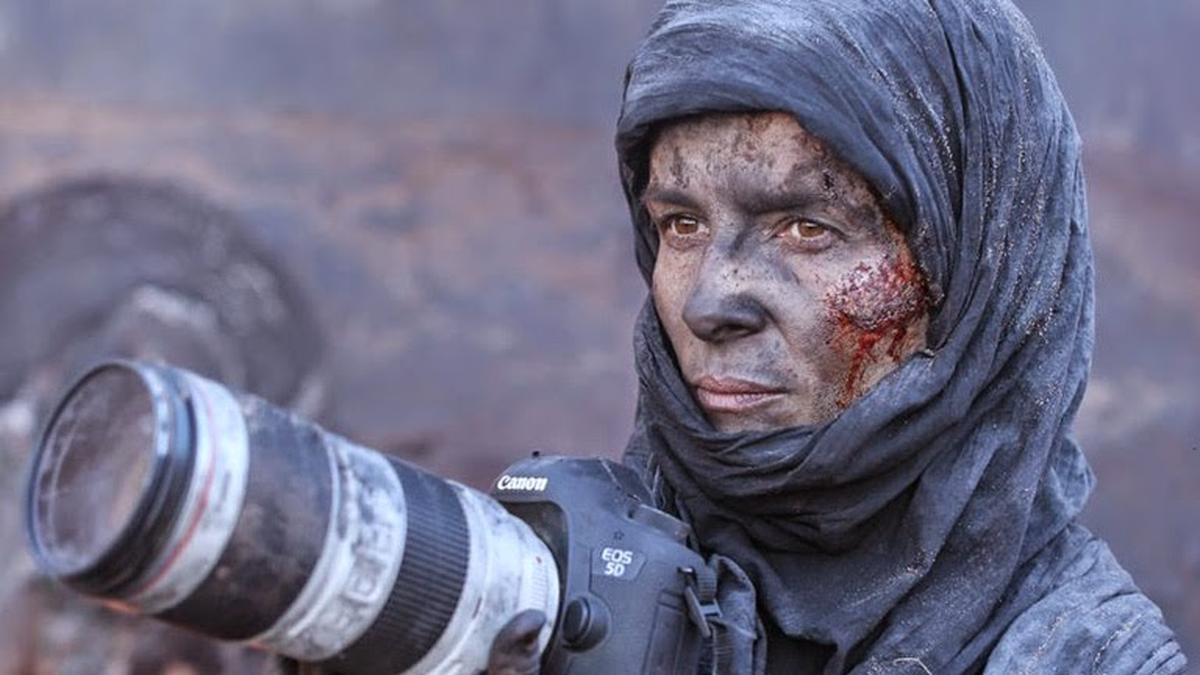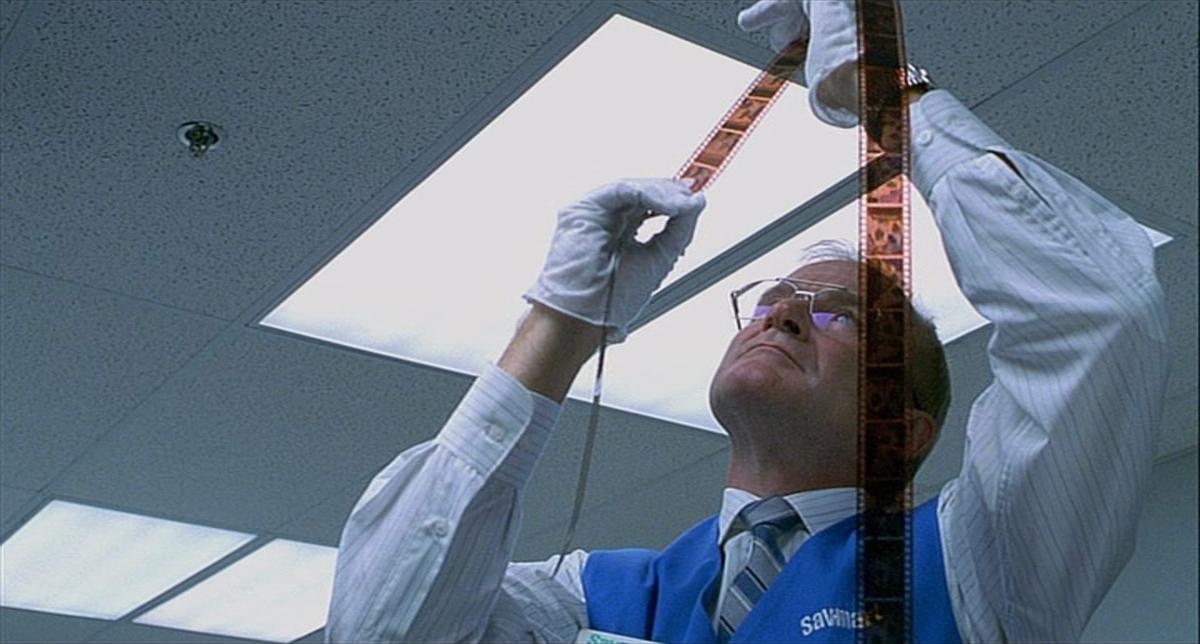
A still from ‘The Bridges of Madison County’
| Photo Credit: Prime Video
Life has been awfully still since my father passed some weeks ago. As I flip through pictures he had taken of us, and ruminate about our shared love for photography and tangible art, I recall what Ed Harris’ photographer said to his son in 2017’s Kodachrome: “Photography is human nature made tangible.”
The photographer has found several such iconic moments on screen — a reflection that stretches from Mohanlal’s Photographer (2006)to Fahadh Faasil’s Maheshinte Prathikaaram (2016) The still camera has lent storytellers several captivating narratives; be it how a photograph becomes indisputable evidence in thrillers like Memento, Rear Window and Blow-Up, or as a cupid that strikes an unlikely match (2019’s Photograph). It can reveal ghosts and premonitions (Sivi or Aa Dekhen Zara), or even tear down political dreams (Scoopor 2011’s Ko).
However, beyond such pulpy titles lie films that have used photography as a lens to reveal the inner landscapes of the protagonist. For instance, the war photographer lead in films likeCivil War and A Thousand Times Good Night crumbles under her existential search for meaning in the chaos, or discovers the scars her risky endeavours have left in her life.


Juliette Benoche in a still from ‘A Thousand Times Good Night’
| Photo Credit:
Nordisk Film Distribution
I often think about how a camera bears witness to a person’s life like no other document — a notion that parallels our existential need for a partner to ‘witness’ our lives. Perhaps that is what Meryl Streep sees in the grey-haired Clint Eastwood, flashing his chiselled jawline, tawny suspenders, and a 35 MM Nikon F, in The Bridges of Madison County, a heartbreaking portrait of a hopeless affair. As she recounts her fling with this photographer, who let her be who she had forgotten to be, the covered bridges he came to photograph become a metaphor for their secret respite.
An unusual addition to this list, Robin Williams’ One Hour Photo, in its twisted ways, speaks of our conditioning to photograph happiness (there’s an enchanting montage of 35 MMs being processed in a minilab). On the non-fiction front, BBC’s The Many Lives of William Klein serves as a fascinating close-up of an inspiring photo artist.

Robin Williams in a still from ‘One Hour Photo’
| Photo Credit:
Prime Video
As I wrestle with my grief over my father’s passing, I regret not clicking a simple, eye-level portrait of him on film. Why didn’t I? I wonder if the answer lies in my conviction that a photograph is a souvenir best collected after the moment is fully lived. As Sean Penn’s character says in The Secret Life Of Walter Mitty, “If I like a moment — personally — I don’t like to have the distraction of the camera. I just want to stay in it.” And so perhaps I have already captured the best portraits of my father, only that I didn’t need to use a camera.
From The Hindu cinema team, a fortnightly column recommending films and shows tied to a mood, theme, or pop cultural event.
Published – November 08, 2024 02:57 pm IST
